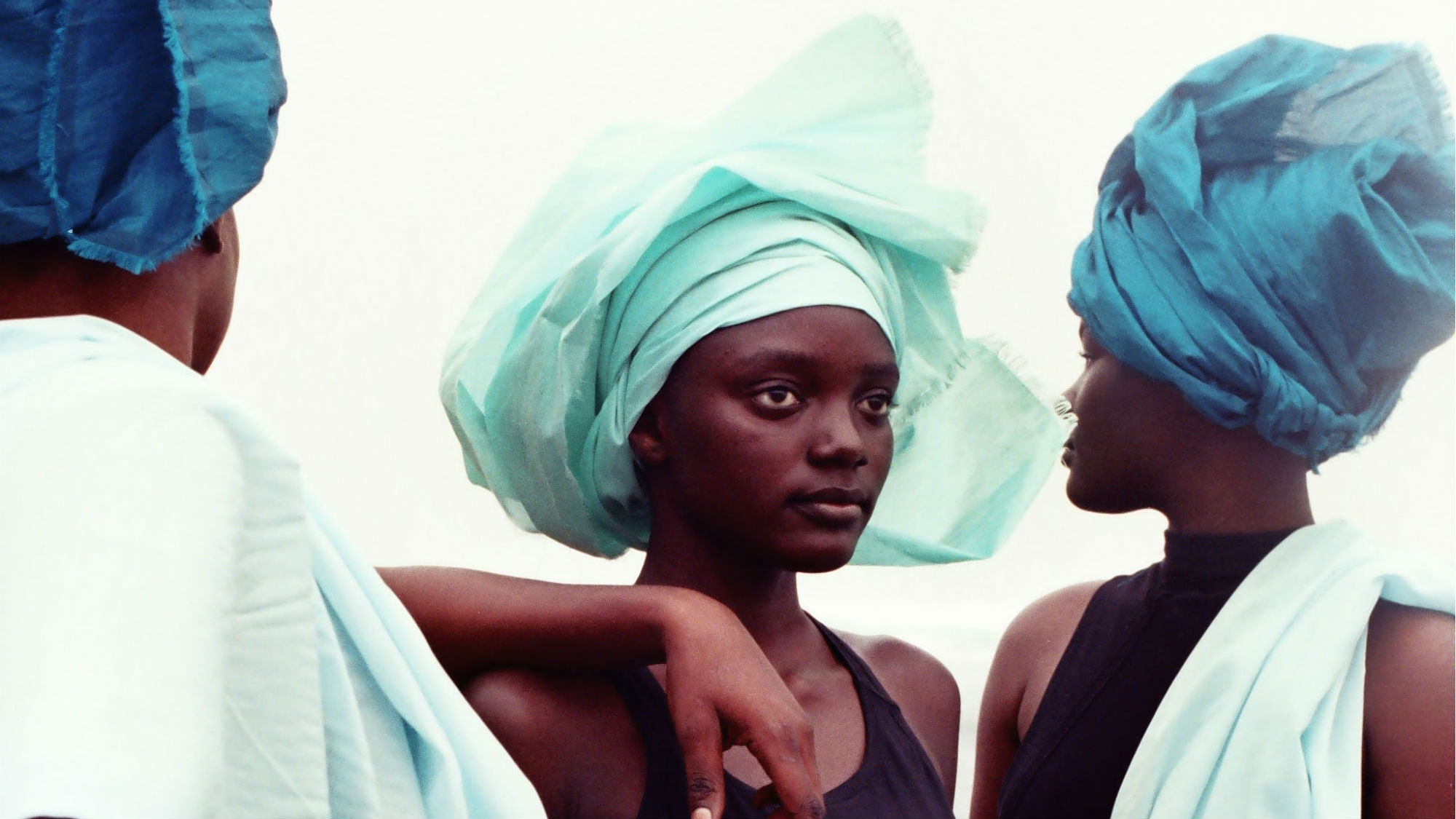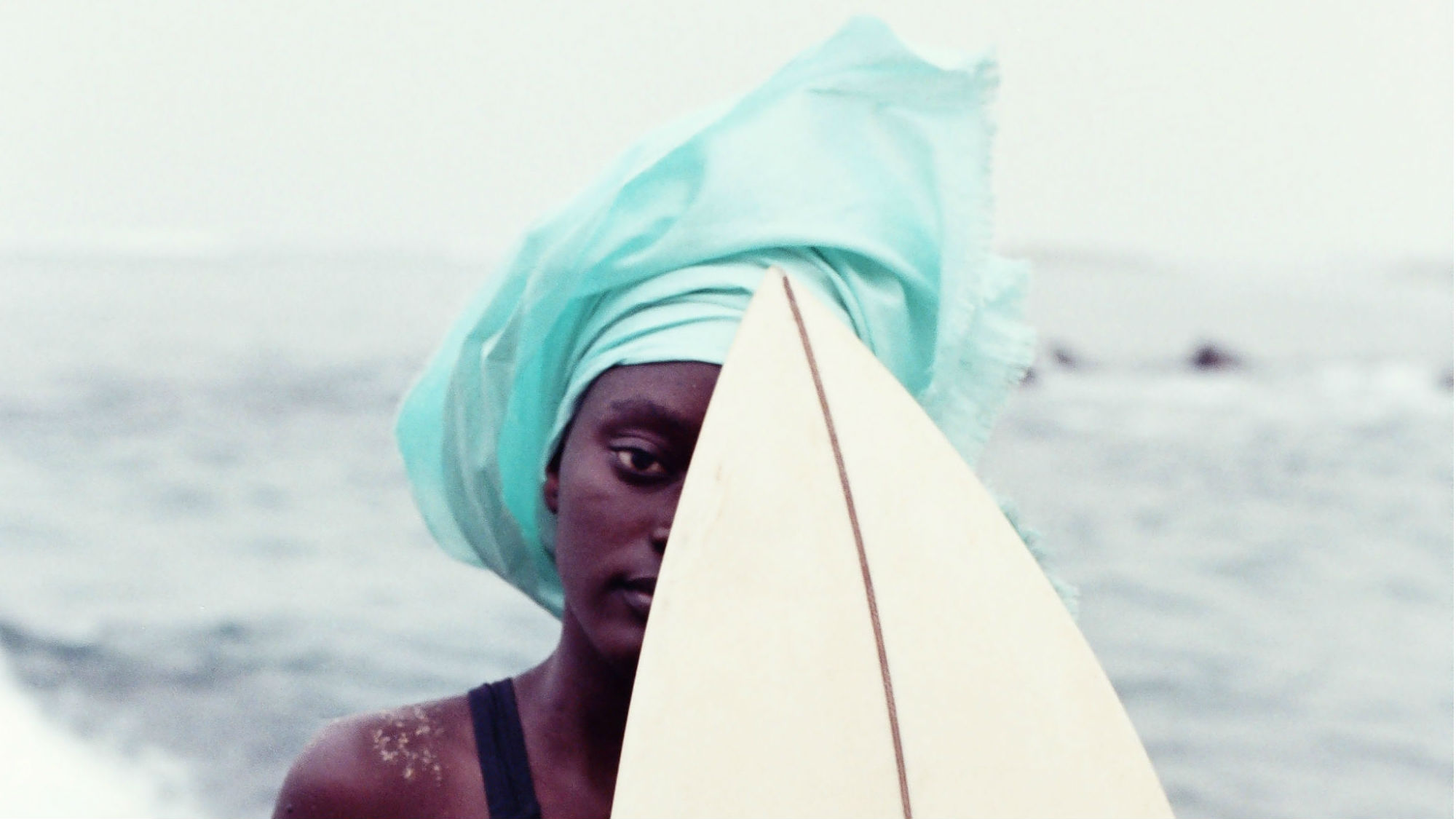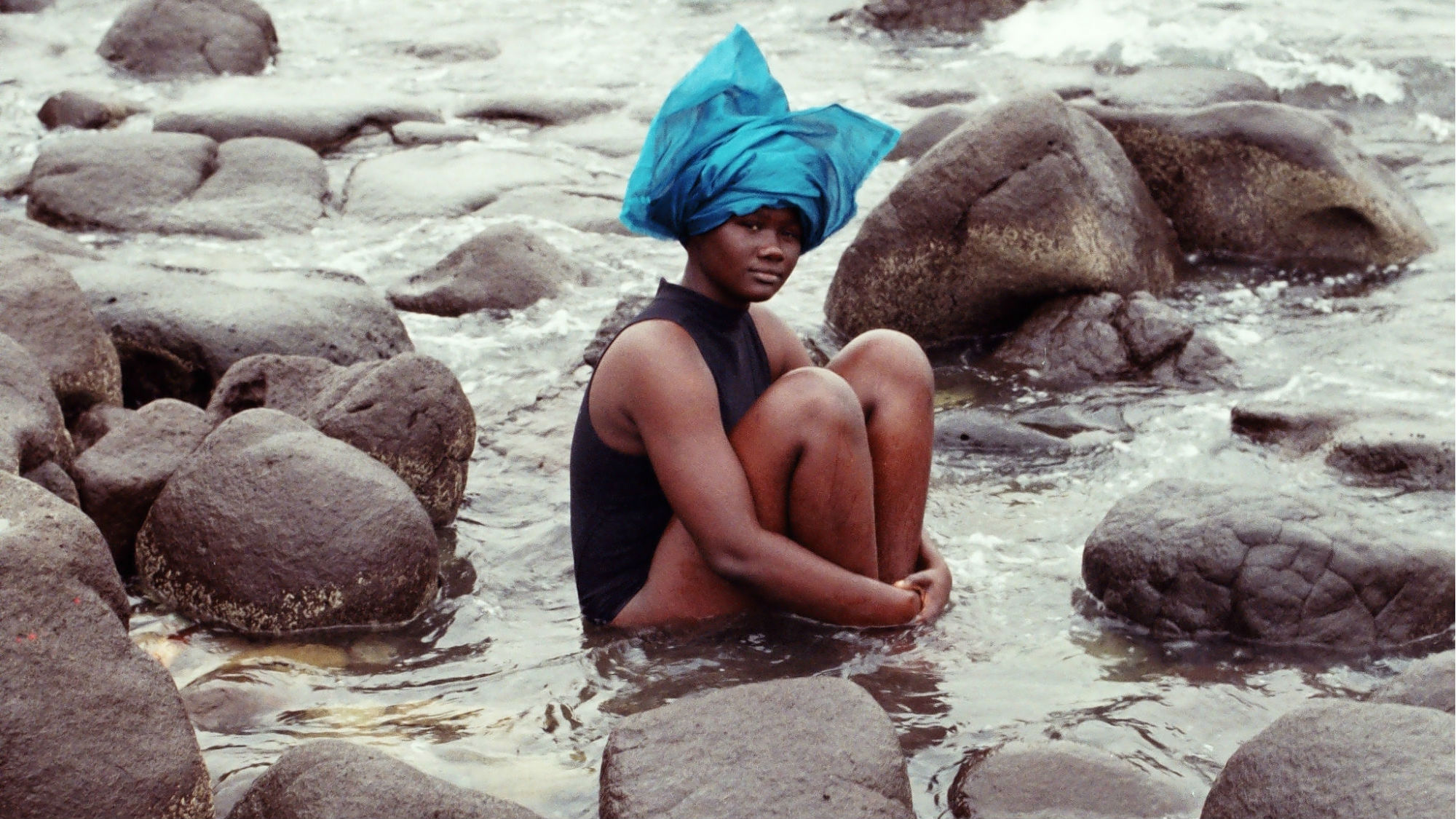Black Girls Surf: Meet the African women defying stereotypes to ride waves
In Senegal the majority of woman are still restricted by traditional roles but as photographer Denisse Ariana Pérez discovered when she met founder and coach Rhonda Harper, Black Girls Surf is an important movement for change

In Senegal the majority of woman are still restricted by traditional roles but as photographer Denisse Ariana Pérez discovered when she met founder and coach Rhonda Harper, Black Girls Surf is an important movement for change
Although women have the same legal rights as men in Senegal, the West African nation is still a deeply patriarchal society, where the burden of childcare and household duties falls onto the shoulders of women. And given the most recent figures nearly 40 per cent of Senegalese girls surveyed said they were married before their 18th birthday. This stat, coupled with a lack of education and illiteracy (many families send boys to school, while girls who do receive an education tend to drop out early) prevents women from advancing. And they are most definitely not encouraged to participate or compete in sport.
Stereotypically, surfing has been seen as a non-black sport, which compelled surfer Rhonda Harper to launch Black Girls Surf, in 2014. Harper, who used used to give surf lessons to foster children, was driven to start her organisation after seeing a lack of black surfers and black women in major competitions. Harper's organization now has a global presence including Senegal, Sierra Leone, Jamaica, and the States.
So when Caribbean-born, Copenhagen-based photographer Denisse Ariana Pérez travelled to Senegal and met with Harper, Pérez found a passionate advocate of change. 'Africa has been chosen as the next surfing destination worldwide, and indigenous Africans need to be prepared to compete,' says Harper. ‘Education is also a priority, and in order to be part of the Black Girls Surf programme all girls must be in school. My organisation has set up a fundraiser that's raised enough for all the participants to attend.’
Pérez focused her lens on three of Harper's pupils, one of Black Girls Surf poster girls, Khajdou Sambe, 24, - tipped to compete in the 2020 Olympics (the first time surfing will be part of the games) and trainees Ndeye, 12 and Aminata, 13.
Growing up by the shores of Ngor, in her hometown of Dakar, Sambe would watch from her bedroom window as her uncle, cousins and other men took to the sea to surf. Apart from the men, the only women Khadjou would see surfing were white. In that moment, she made it her goal to one day become a surfer, and not only stop at that, to represent her country in the international arena.
But like all trailblazers – and especially young women - ambitious goals do not come without hurdles. Khadjou was forced to stop surfing for nearly three years, due to heavy criticism and disapproval from her community and government, who described surfing a something 'only meant for boys'.
Celebrity news, beauty, fashion advice, and fascinating features, delivered straight to your inbox!
Today, she has returned to surfing with the full support of her family, and has inspired other young girls - like her cousin Ndeye - to ride waves. Here, Pérez takes us through a selection of her snaps of the Senegalese surfers...

From left to right, Khadjou, Aminata and Ndeye pose against a sky of thick cloud, wearing black swimsuits with traditional head wraps, a visual reference to the contrast of their athleticism and androgyny and the traditional gender norms of Senegalese society.

Denisse tells Marie Claire, 'I wanted to focus on capturing the girls rather then capturing them in action surfing, or the landscape, as I thought that would be too predictable.'

The idea of the images was to blend a part of Senegalese traditional femininity (the head wraps) with an element of modern defiance (young female athletes).

When Denisse asked what her first time on the board felt like, Khadjou described screaming from joy, because in that moment she realised that the sea felt like her second family and the waves and the board like her best friends, the loves of her life.

To support BGS and follow their journey, see Facebook (facebook.com/BlackGirlsSurf/) and Instagram (@blackgirlssurf)
Olivia – who rebranded as Liv a few years ago – is a freelance digital writer at Marie Claire UK. She recently swapped guaranteed sunshine and a tax-free salary in Dubai for London’s constant cloud and overpriced public transport. During her time in the Middle East, Olivia worked for international titles including Cosmopolitan, HELLO! and Grazia. She transitioned from celebrity weekly magazine new! in London, where she worked as the publication’s Fitness & Food editor. Unsurprisingly, she likes fitness and food, and also enjoys hoarding beauty products and recycling.